Focus on Passenger Comfort and Safety
The Rail Seat Market is increasingly influenced by a heightened focus on passenger comfort and safety. As competition among rail operators intensifies, providing a superior travel experience becomes essential. Recent surveys indicate that 70 percent of passengers prioritize comfort when choosing rail services. This trend compels manufacturers to design seats that not only meet ergonomic standards but also incorporate safety features such as secure restraints and fire-resistant materials. Furthermore, the integration of personal space and privacy elements is gaining traction, as passengers seek a more enjoyable journey. Consequently, the Rail Seat Market is likely to witness a shift towards more comfortable and safer seating solutions, aligning with passenger preferences and regulatory standards.
Increasing Demand for Rail Transportation
The Rail Seat Market experiences a notable surge in demand for rail transportation, driven by urbanization and population growth. As cities expand, the need for efficient public transport systems becomes paramount. Rail systems are increasingly viewed as a sustainable alternative to road transport, leading to investments in new rail projects. According to recent data, rail passenger numbers are projected to rise by 3.5 percent annually, indicating a robust growth trajectory. This trend necessitates the development of comfortable and durable rail seats, as passenger experience becomes a focal point for rail operators. Consequently, manufacturers in the Rail Seat Market are likely to innovate and enhance their product offerings to meet the evolving expectations of rail passengers.
Sustainability and Eco-Friendly Materials
Sustainability is becoming a pivotal driver in the Rail Seat Market, as manufacturers increasingly adopt eco-friendly materials in their production processes. The growing awareness of environmental issues prompts rail operators to seek sustainable seating solutions that minimize their carbon footprint. Recent data indicates that the use of recycled materials in rail seat manufacturing could reduce waste by up to 30 percent. Additionally, the demand for seats made from renewable resources is on the rise, as consumers become more environmentally conscious. This shift towards sustainability not only aligns with global environmental goals but also enhances the brand image of rail operators. As a result, the Rail Seat Market is likely to see a proliferation of innovative, eco-friendly seating options that cater to the evolving preferences of both operators and passengers.
Government Investments in Rail Infrastructure
Government initiatives play a crucial role in shaping the Rail Seat Market. Many countries are prioritizing investments in rail infrastructure to modernize and expand their networks. This trend is evident in various regions, where governments allocate substantial budgets for rail projects. For instance, recent reports indicate that rail infrastructure spending is expected to reach USD 200 billion by 2027. Such investments not only enhance the overall rail experience but also create a demand for high-quality rail seating solutions. As governments push for improved safety and comfort standards, manufacturers in the Rail Seat Market are likely to respond by developing innovative seating designs that align with regulatory requirements and passenger expectations.
Technological Innovations in Seating Solutions
Technological advancements are reshaping the Rail Seat Market, as manufacturers increasingly integrate innovative features into their seating solutions. The introduction of smart seating technology, which includes adjustable features and integrated charging ports, is becoming more prevalent. Additionally, the use of lightweight materials enhances durability while reducing overall weight, contributing to energy efficiency in rail operations. Recent studies suggest that the adoption of such technologies could improve passenger satisfaction by up to 25 percent. As rail operators seek to differentiate their services, the demand for technologically advanced rail seats is likely to grow, prompting manufacturers to invest in research and development to stay competitive in the Rail Seat Market.


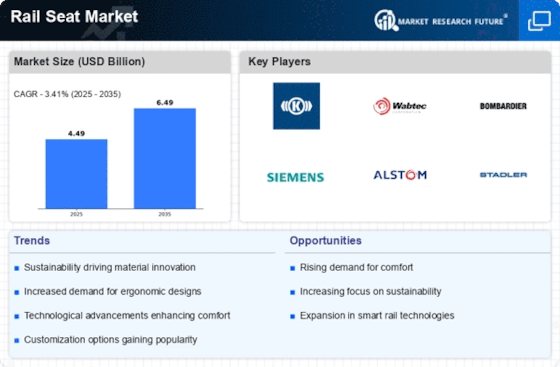
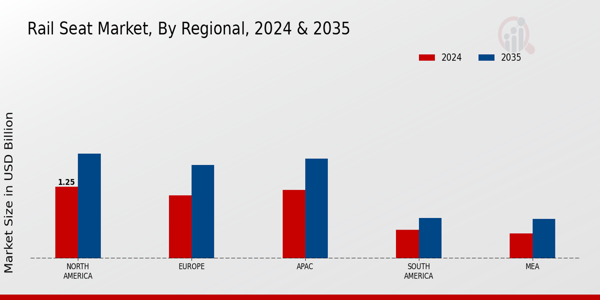
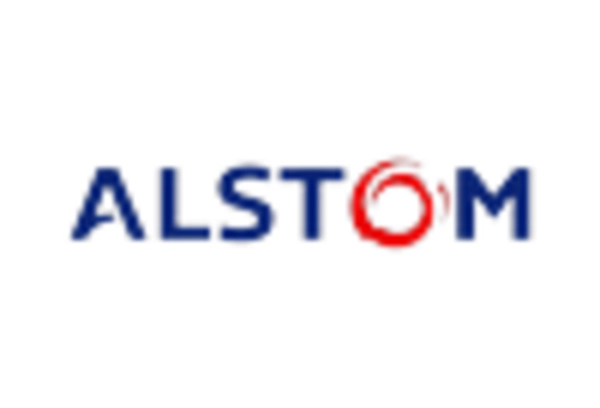
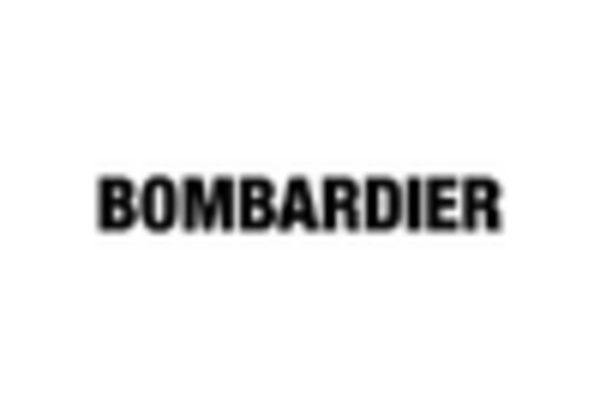

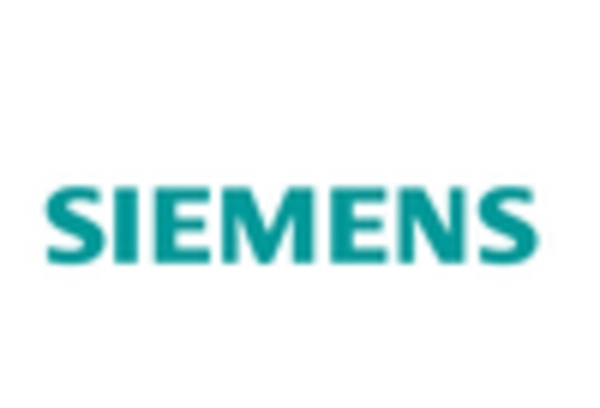
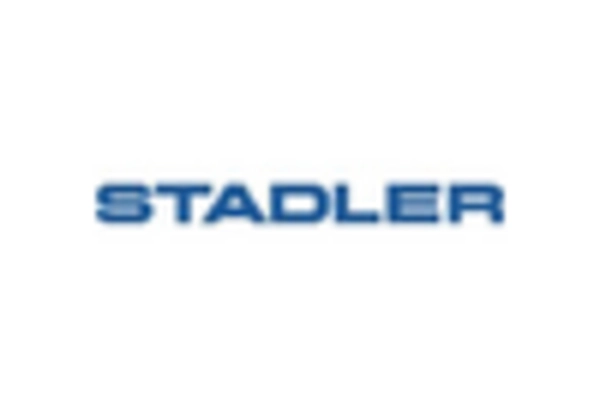
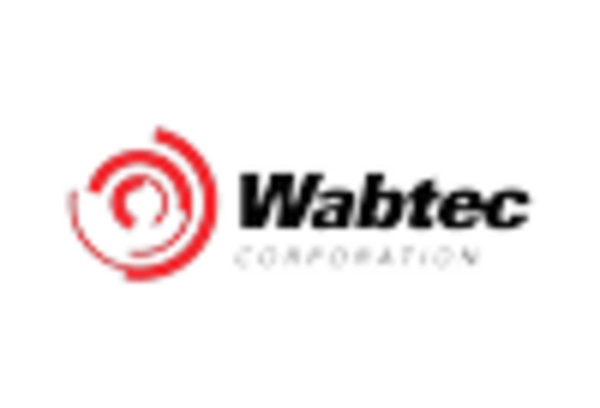








Leave a Comment